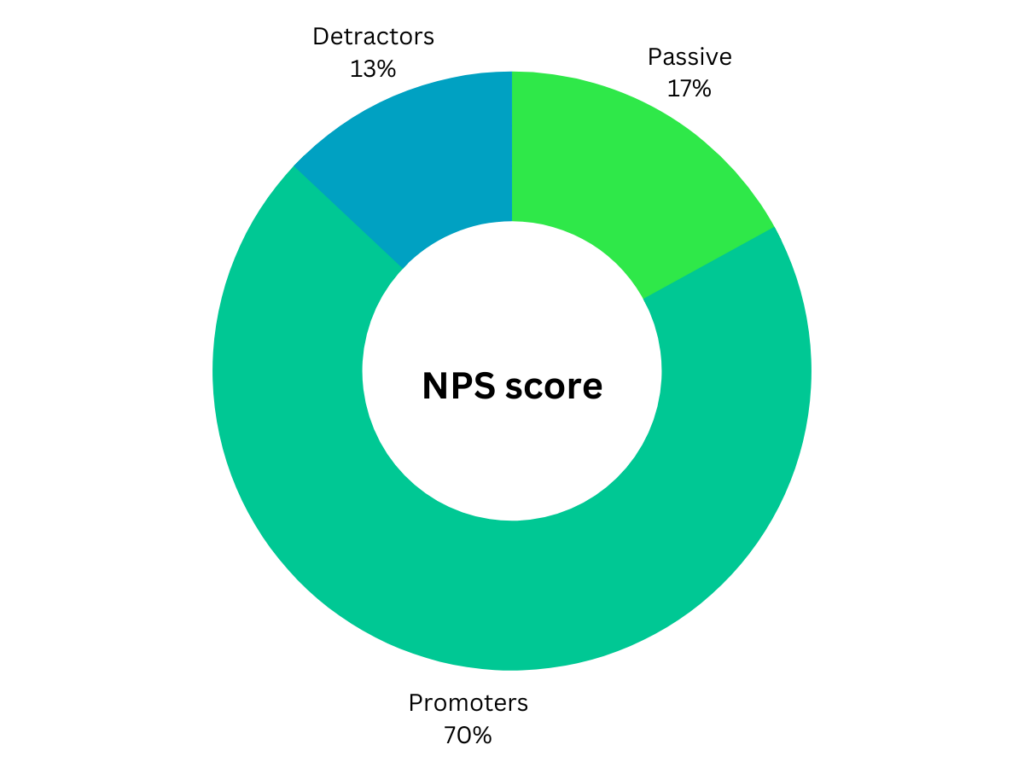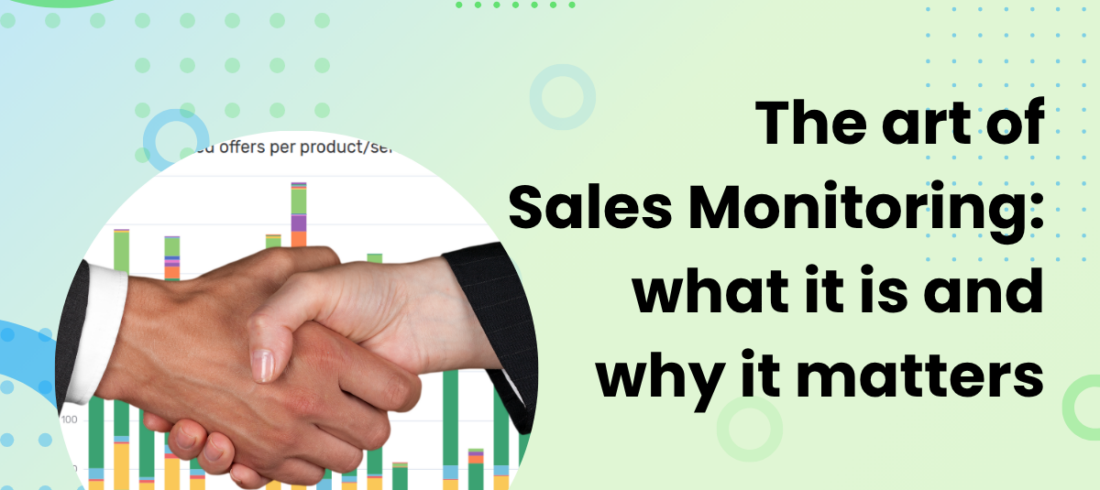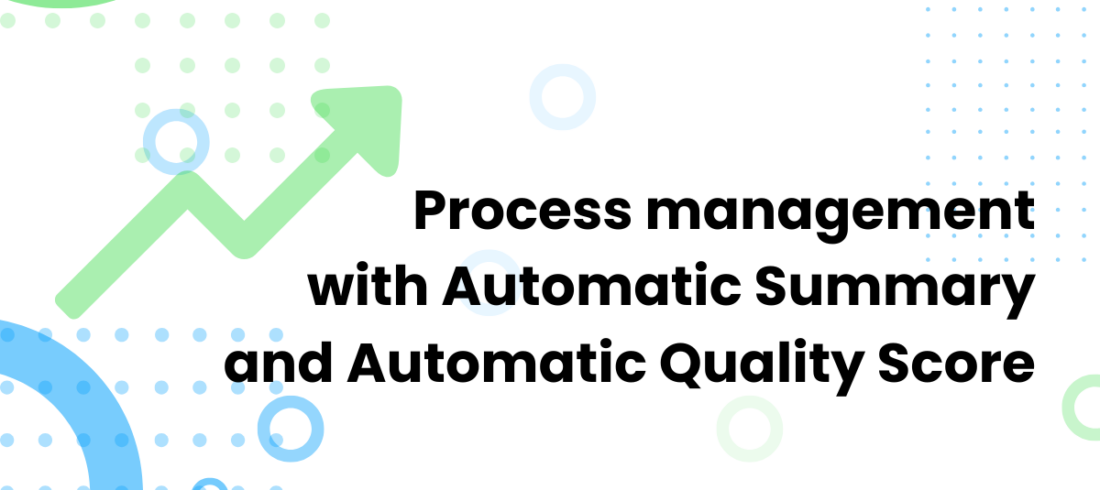Why should you analyse customer feedback? When it comes to customer feedback, there are various forms that may be collected and analysed. The most common ones are NPS (Net Promoter Score) and CSAT (Customer Satisfaction Score). For companies selling various products, product feedback and reviews are also very relevant.
Collecting feedback is not too complex; the analysis is where it may get complicated. When you wish to know anything more than the score itself (which has its set formula and is straightforward), then you need to dig beyond the score. Textual analysis and classification of NPS or CSAT comments in a way that gives a clear understanding has fallen into the deep abyss of Excel-files, manual classification, and even people reading every single comment. It’s a time-consuming process, to say the least. Still, those comments hold valuable information that should be used to its full potential.
What are the characteristics of NPS and CSAT?
- NPS score or CSAT score as numbers give us signals about what might be the customer’s experience with us, but they do not tell us what is the root cause. Is it the product/service, process, or the way we do things?
- Scoring is based on emotions and can change rapidly depending on the situation. Our goal is to stop this from happening by understanding the reasons behind the scores
- The scoring and feedback do not represent our whole clientele. We might receive signals from a specific age group or a region and not see the whole picture
- Feedback questionnaires are sent to only a small portion of our customers, and we can only ask specific questions

Our practice has shown that customers do not enter comments for their feedback scoring approximately 50% of the time. Meaning that if the company sends a feedback form to a small fraction of the customer base, then only a portion of the customers answer. If half of them do not write a comment, you may still be missing quite a lot of information. Still, there is value in those comments!
What really is possible when it comes to analysing customer feedback if you start utilising AI and textual analysis?
- Going beyond the score – analyze NPS or CSAT scores alongside customer comments and metadata
- Analyse topics, themes, and sentiment of customer feedback
- Use any metadata to your benefit – for example, the division, department, team, employee, service
- Textual searches from customer comments – find words like “price”, “resolution”, “solved”, etc.
- Create Word clouds to visualize the most common words in customer comments within the chosen query – for team, topic, sentiment etc.
- Create visual overviews and reports for management with graphs and Word clouds.
- Investigate changes in customer feedback comments, sentiment, and topics over time.
Analyze NPS scores alongside topics in customer feedback


From analysing your customer feedback to using all your customer conversations as feedback
Whereas using all of your NPS or CSAT data including the comments and metadata is very beneficial, using it together with analysing your customer conversations can give you an even stronger understanding of the reasons behind the scoring. If you can listen to or read the corresponding call, chat, or email in addition to looking at the comment with the score and metadata, you will have a better sense of what the customer’s experience has been. Also, this way you bypass the “not commented” scores and have more information to work with.

Using feedback comments and knowledge about customer feedback is a great source of understanding your customers better. It has become clear to us that customer feedback from NPS comments can be used as a valuable source. Measuring issues in customer conversations will give you an understanding of issue size and will help you prioritise what to change and do to improve the customer experience.
Unlock the potential of your customer experience
In conclusion, do not simply collect feedback for the score – make the most of the feedback and the information that your customers give you. When you make changes based on their feedback, you can make a change in their customer experience, too.




